Bentley 4¼ Litre in Foreign Correspondent
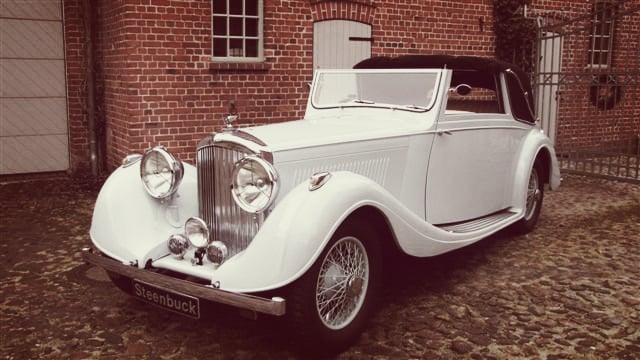
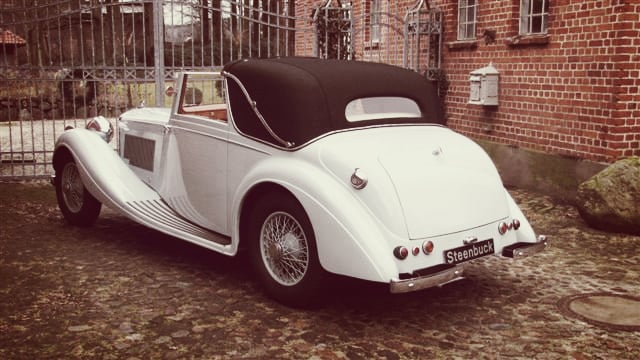
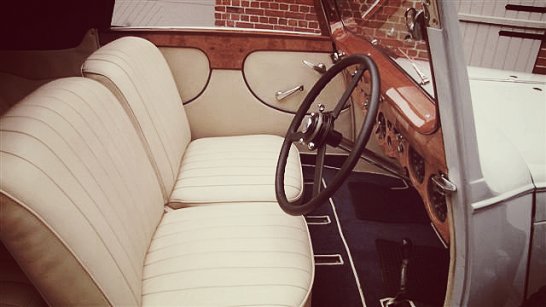
Having purchased the assets of the company in a slightly acrimonious courtroom battle in 1931, it took new owner Rolls-Royce two years before it re-introduced the Bentley marque to the showrooms.
The car was the ‘3¼ Litre’, a ‘smaller’ Bentley aimed at a new type of owner happy to drive himself yet not wanting the out-and-out sporting experience once offered by the Cricklewood cars. Inevitably, though, weight was soon added by the many coachbuilders entrusted with bodying the new car, so at the end of 1935 when Rolls-Royce announced the 4,257cc 25/30hp model, this formed the basis for Bentley’s own ‘4¼ Litre’, available in a variety of body styles from stolid saloon to rakish two-door convertible.
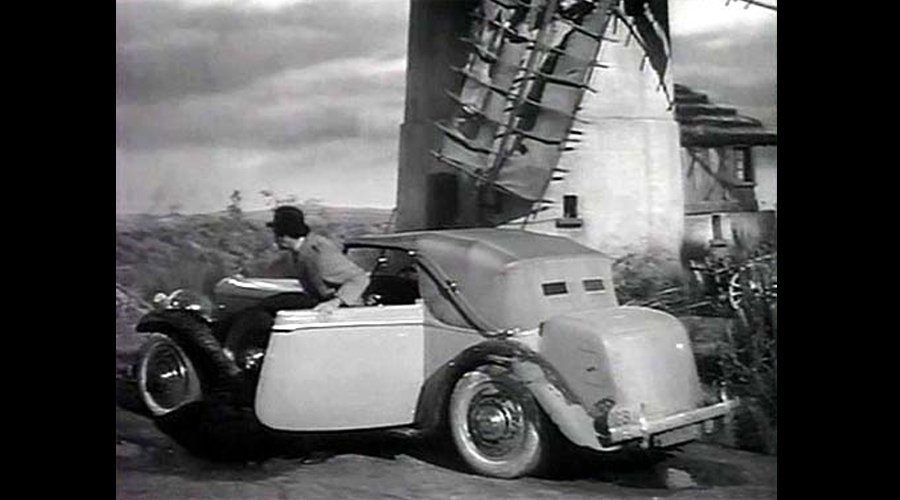
A special DHC 4¼ Litre - with a one-off Mulliner body commissioned by Duncan McMartin - featured in 'Foreign Correspondent', acting as the lead chase car after being commandeered by reporter Johnny Jones (played by Joel McCrea) to pursue the assassin.
See car in the Classic Driver Marketplace >>
Lagonda LG45 in Suspicion
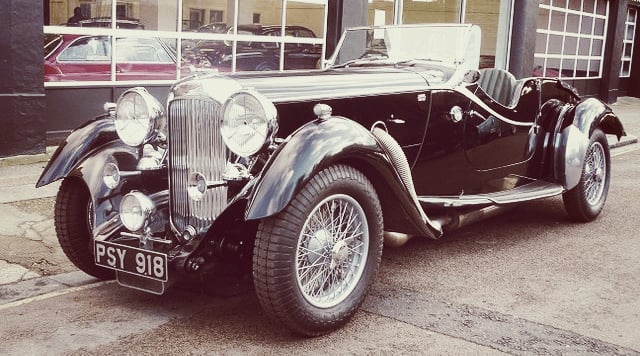
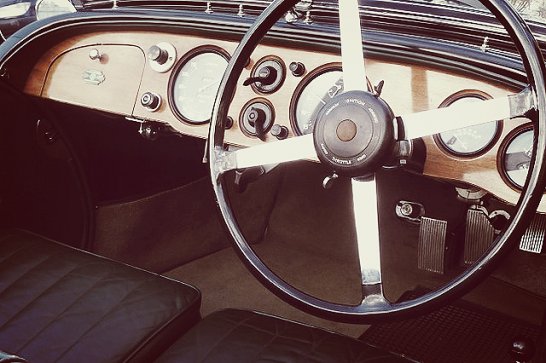
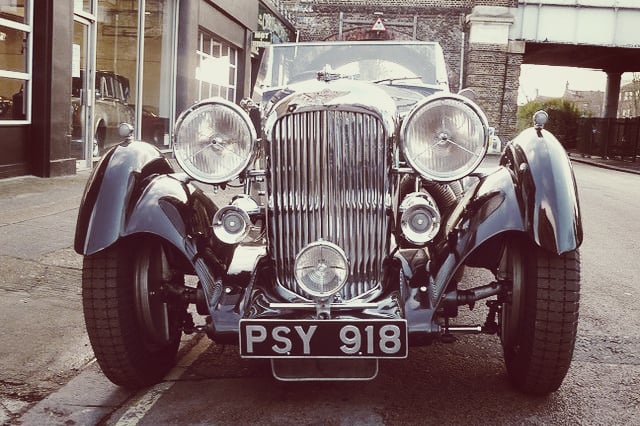
Powered by a W.O. Bentley-modified, 4.5-litre Meadows straight-six, the Lagonda LG45 was the spiritual successor to the ‘Cricklewood’ Bentleys. The company had won at Le Mans in 1935, and to stress its sporting credentials and link this victory to its road car range, by the late 1930s its LG45 Rapide was a contender for the title ‘fastest car in the world’.
As with most cars of the period, customers could choose their preferred bodywork from a variety of coachbuilders.
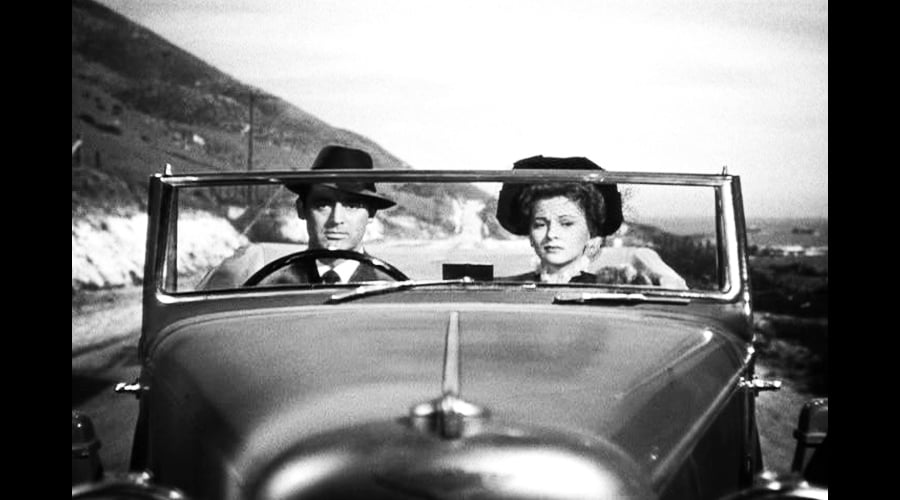
In the film's climax, Johnnie Aysgarth (Cary Grant) uses the power of an LG45 on a cliff-top road, terrifying his wife Lina McLaidlaw (Joan Fontaine) to the point where she considers leaping from the car to a certain death.
See car in the Classic Driver Marketplace >>
Lagonda V12 in The Paradine Case
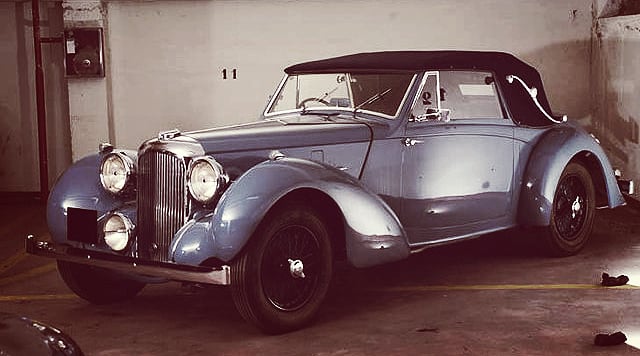

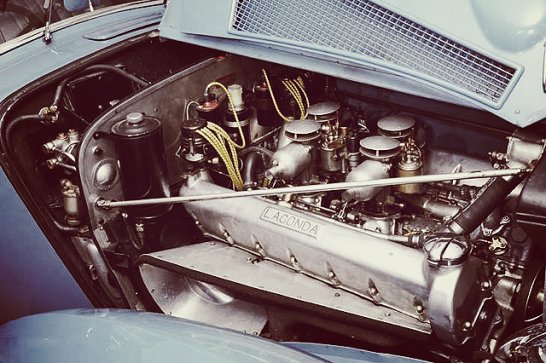
Having left his own company to the mercies of hard-nosed Rolls-Royce in Derby, W.O. Bentley was soon involved again in the motor business, this time at Lagonda in Staines where he had overall responsibility for engineering and design.
His finest creation was the 4.5-litre V12, an advanced design with relatively short stroke and the potential to develop nearly 200bhp. With styling by Frank Feeley (later a key figure at Aston Martin), the Drophead V12 Lagonda is one of the most elegant and desirable pre-War British cars.
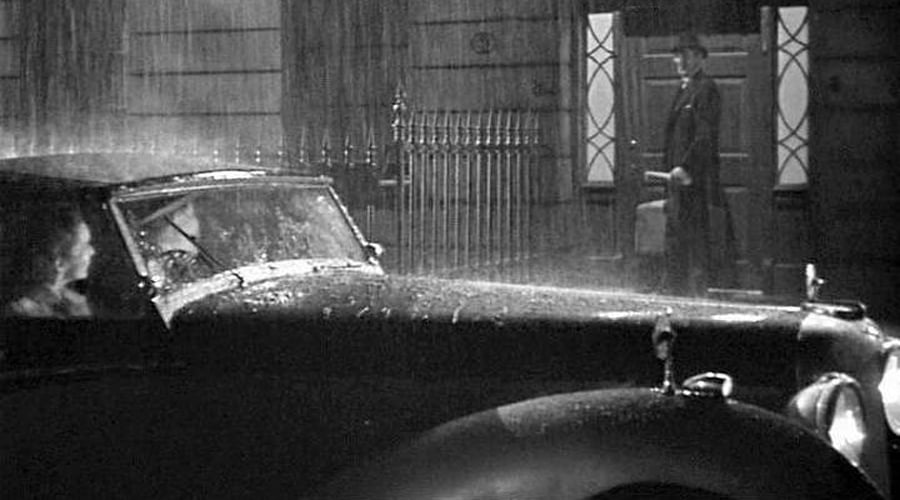
Another brief Lagonda cameo appearance came in 'The Paradine Case'. Of course, it could be a complete coincidence, but given Hitchcock's reputation for attention to detail, perhaps it was one of his trademark discreet clues underlining his enthusiasm for British machinery?
See car in the Classic Driver Marketplace >>
Porsche 356A Speedster in Family Plot
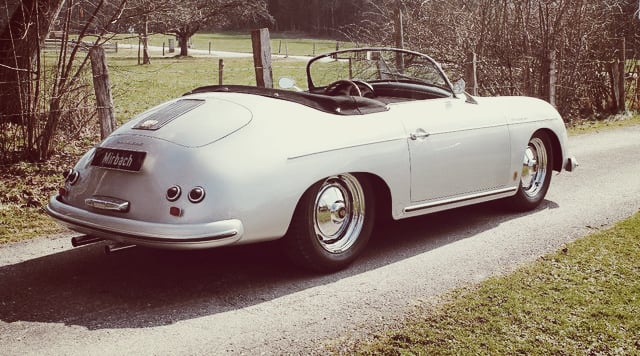
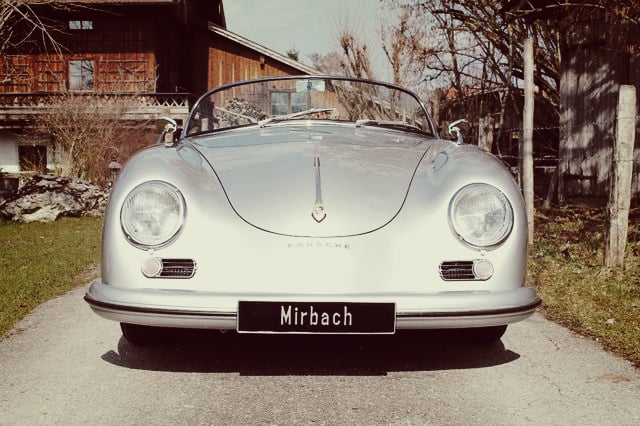
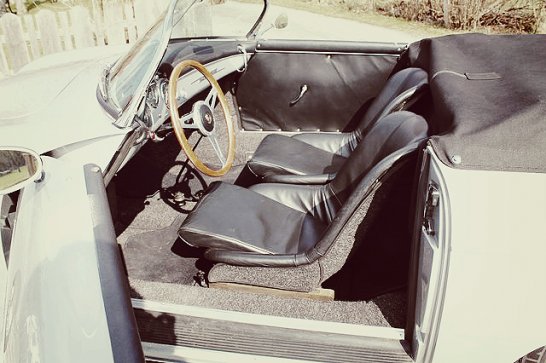
There can be few cars that better illustrate the maxim ‘less is more’ than the simple Speedster bodywork of Porsche’s famous 1950s ‘low-cost’, American-market special. Yes, ‘low cost’ – despite today’s heightened values. At the time, American importer Max Hoffman specified the car as a stripped-out, no-frills entry model.
Many were raced, the specially streamlined and lowered windscreen replaced by a simple aero screen, and the car’s bucket seats were perfect for 10 laps of Laguna Seca and then a drive back One down to Santa Barbara.
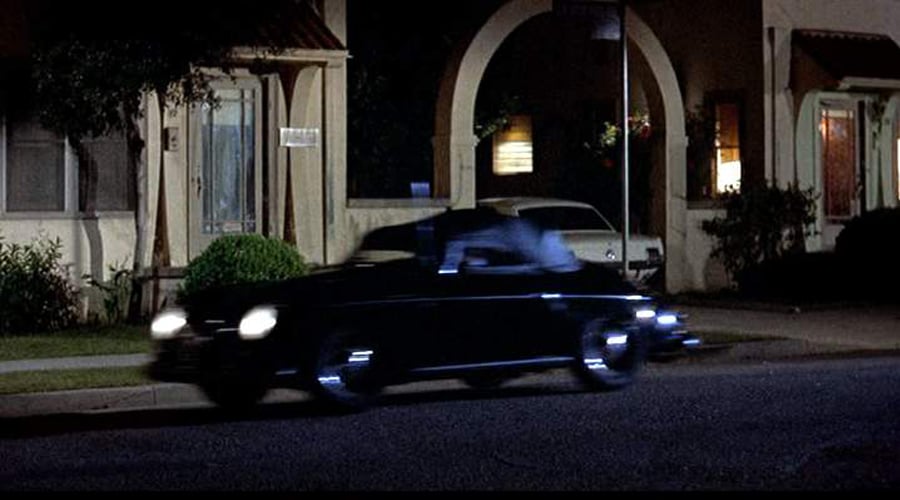
It might be the white Mustang of Blanche Tyler (Barbara Harris) which has the most prominent role in Hitchcock's final film after having its brake lines severed, but it was the fleeting appearance of a pretty black 356A Speedster that caught the collective eye of Classic Driver.
See car in the Classic Driver Marketplace >>
Willys Jeep in Topaz
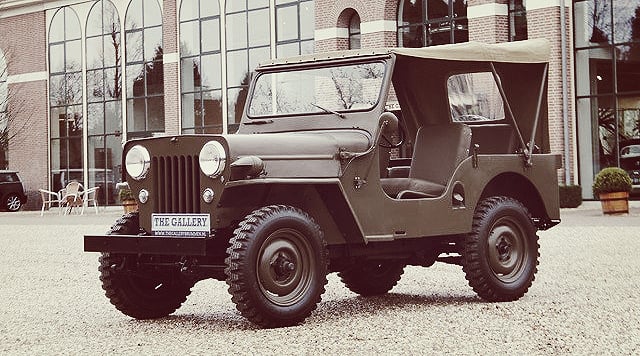
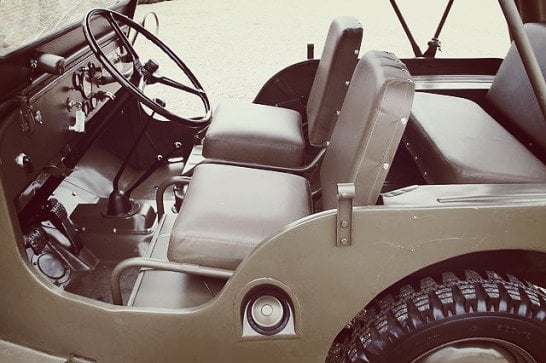
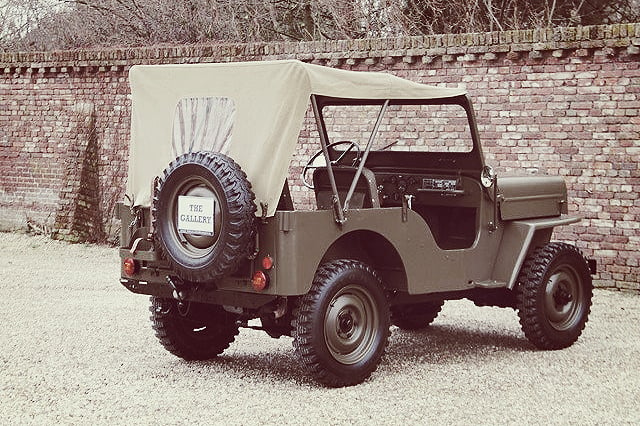
The vehicle that won the War? That accolade normally goes to GMC’s CCKW 6 X 6 truck, but there’s no denying that, with WW2 production running at nearly 650,000 examples, the iconic Jeep has to be one of the conflict’s most widely used forms of transport.
Whether it was in the jungles of Malaya, the frozen Steppes or the Normandy beaches, soldiers came to rely on the versatile 4 x 4 from Willys. Spotters take note: post-War you can tell a Willys-made Jeep from a Ford-manufactured one by its seven-, not nine-barred grille.
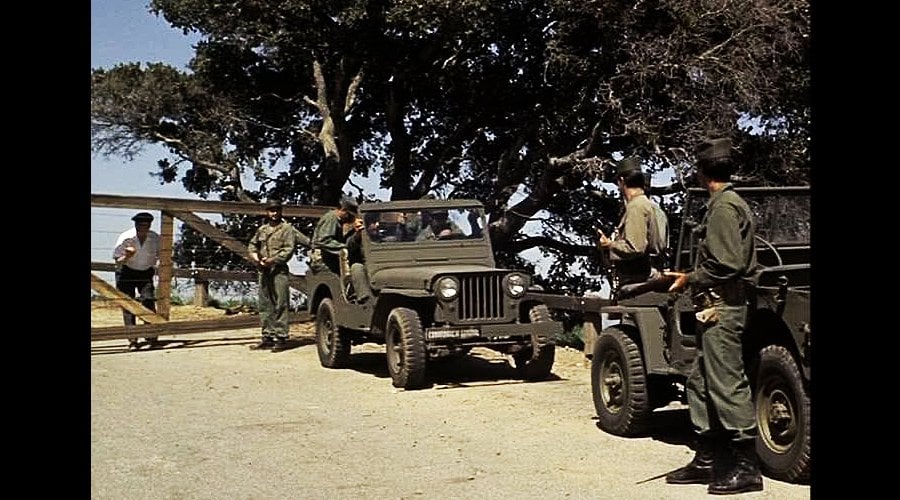
Hitchcock's 1969 espionage thriller depicted a French intelligent agent's role in the Cold War. Considering the era, it was an inevitability that a Willys Jeep would feature; however, it appears that the vehicle used was in fact a civilian version painted in military colours.
See car in the Classic Driver Marketplace >>
Aston Martin DB2 Drophead Coupé in The Birds
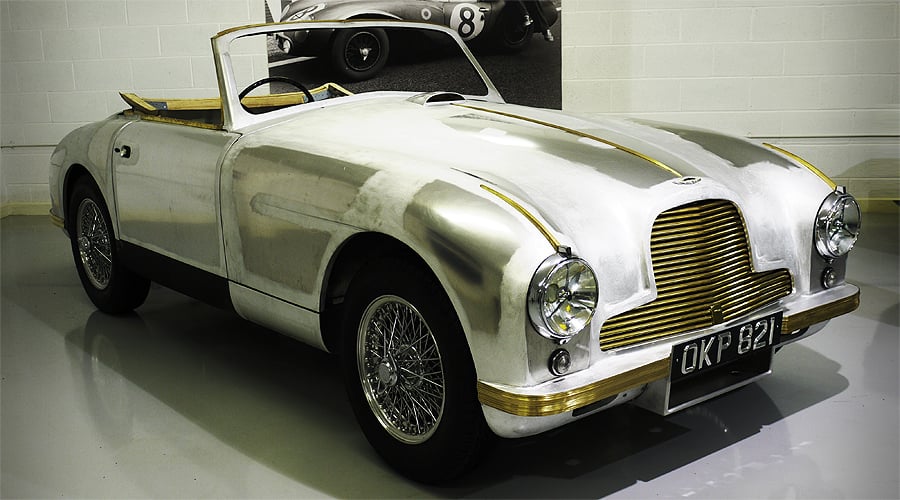
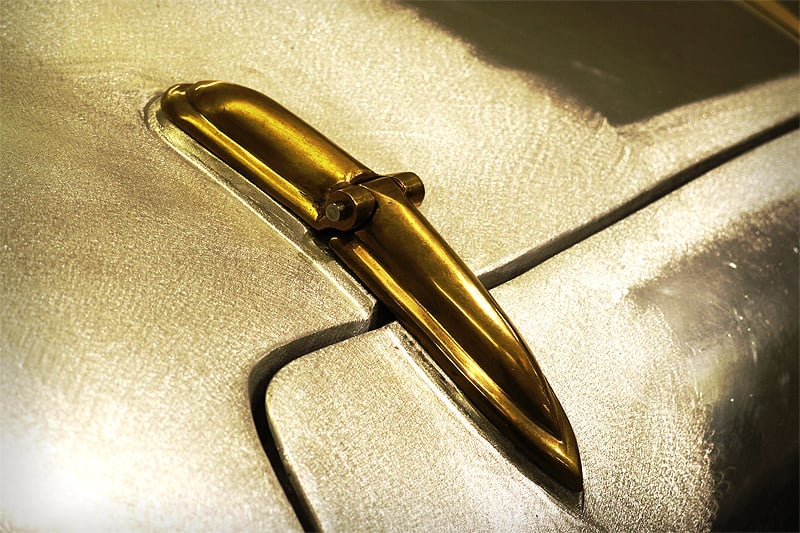
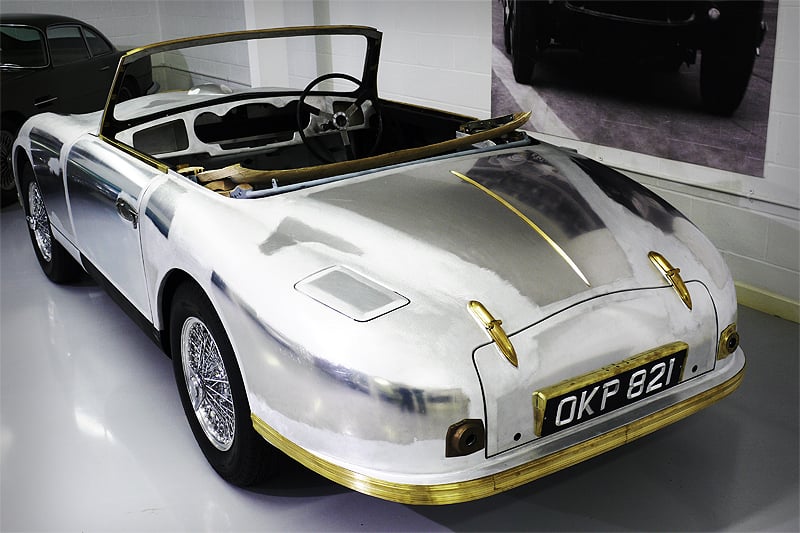
The Drophead Coupé version of the DB2 was introduced in late 1950. Only a few months before, an attractive coupé was shown at that April’s New York Motor Show. With a modern chassis by Claude Hill, Frank Feeley’s timeless styling and Willie Watson’s (originally Lagonda) 2.6-litre straight six, the new Aston Martin - only the second-ever ‘DB car’ - was a winner.
The DB2/4 was a later version of the DB2, with a revised rear chassis and smaller fuel tank – it, too, spawned a convertible version.
Read the full article on elsewhere Classic Driver >>
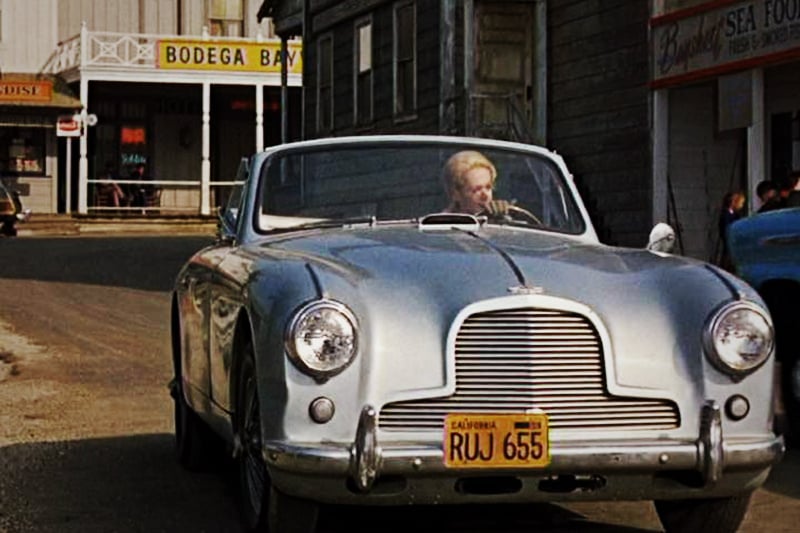
In 'The Birds', Melanie Daniels (Tippi Hedren) runs an Aston Martin DB2/4 Drophead Coupé, which is also used by the group to cautiously leave the house during the final scene. Mitch Brennan (Rod Taylor) clearly had faith in the material quality of the Drophead's roof...
See car in the Classic Driver Marketplace >>
Photos: Classic Driver dealers



























